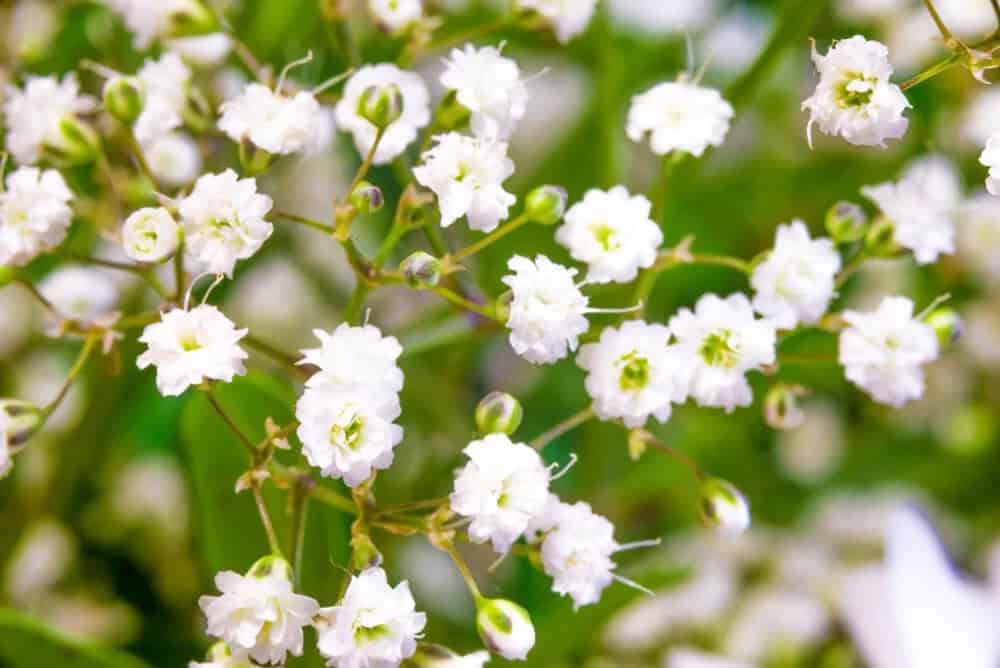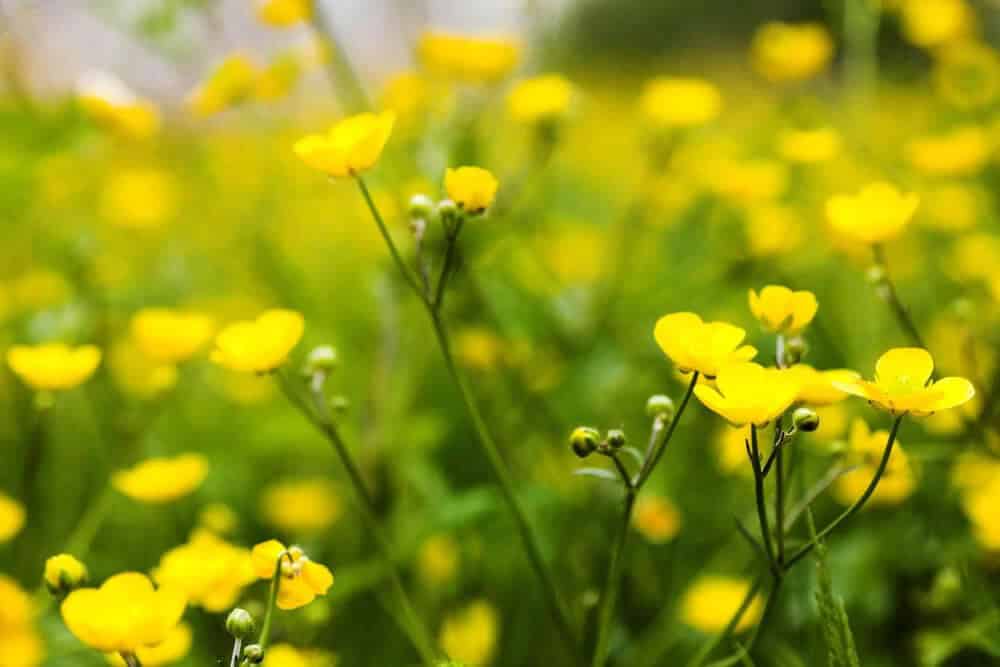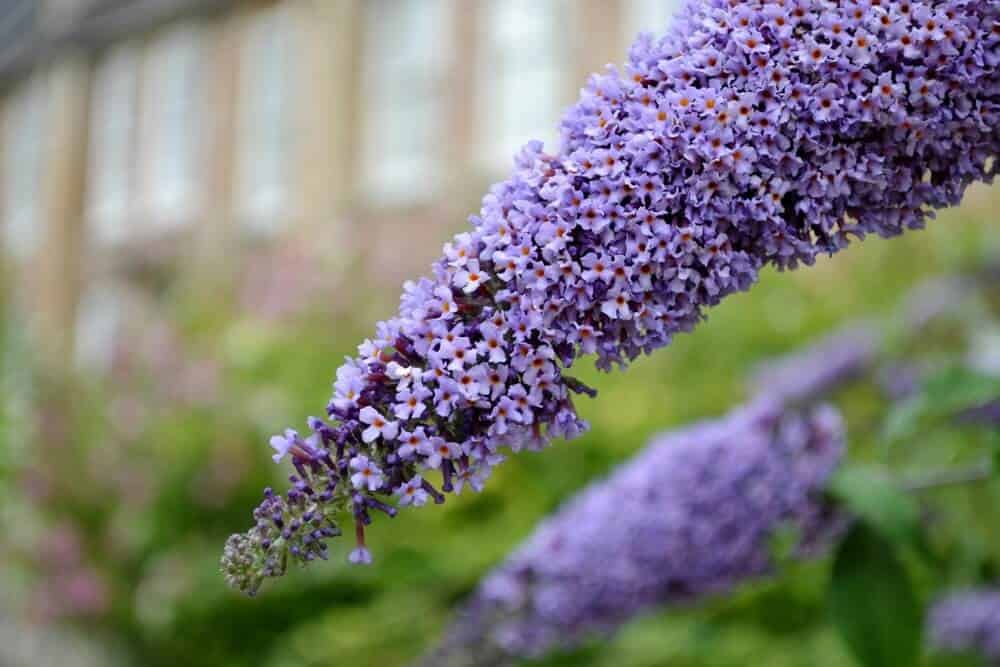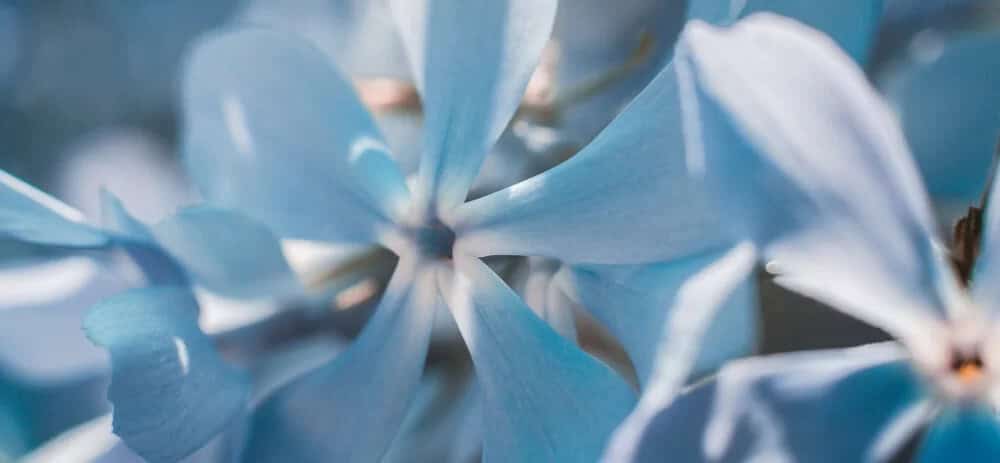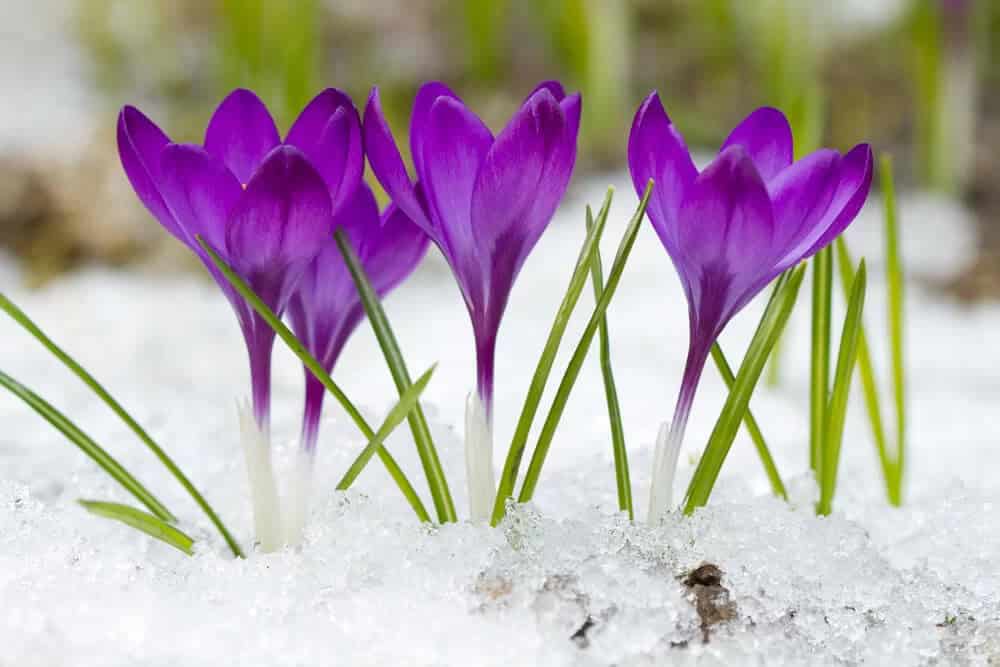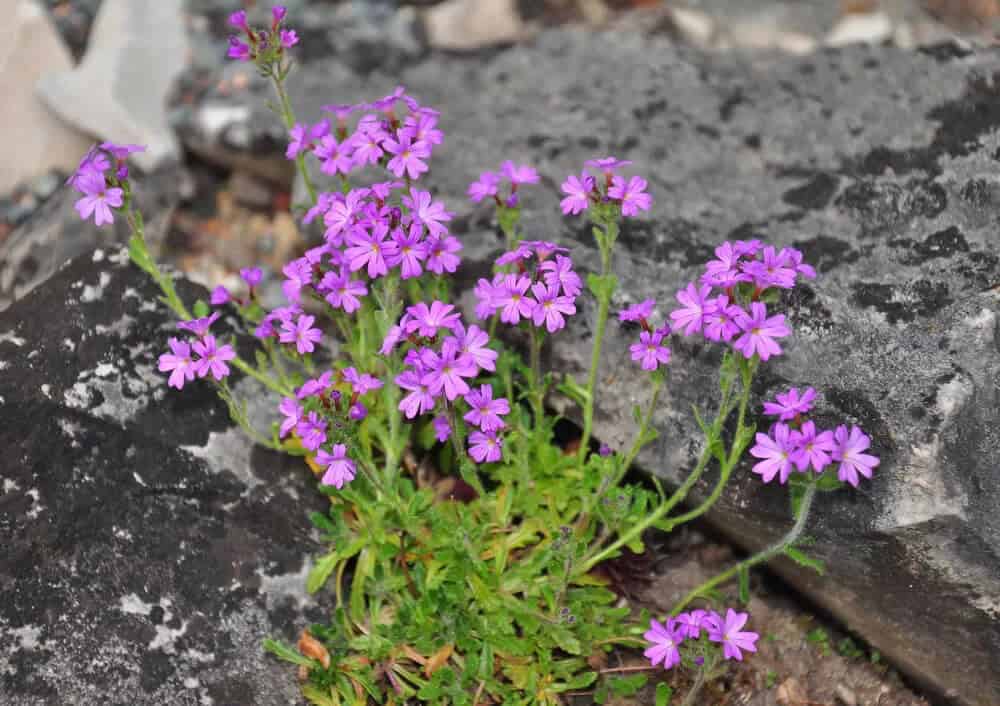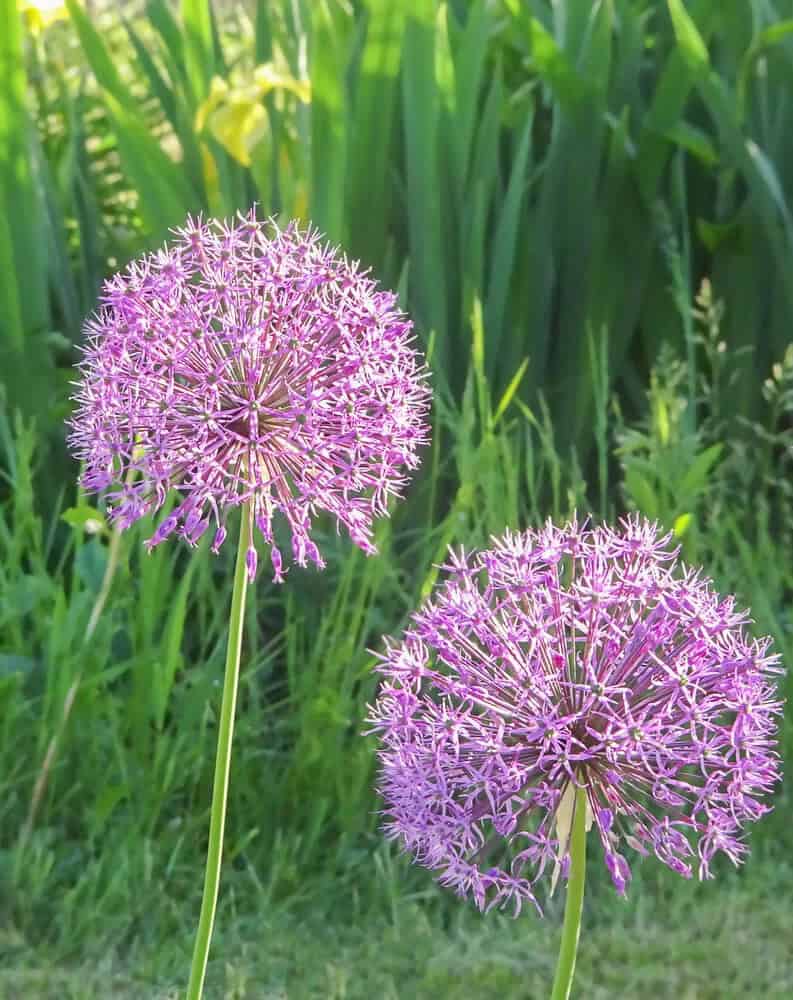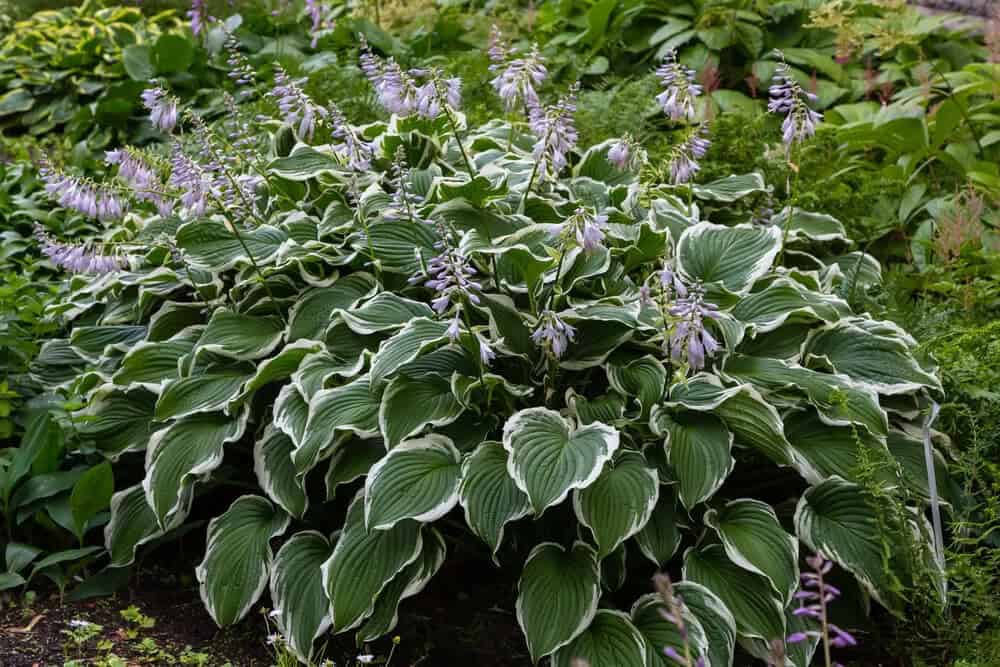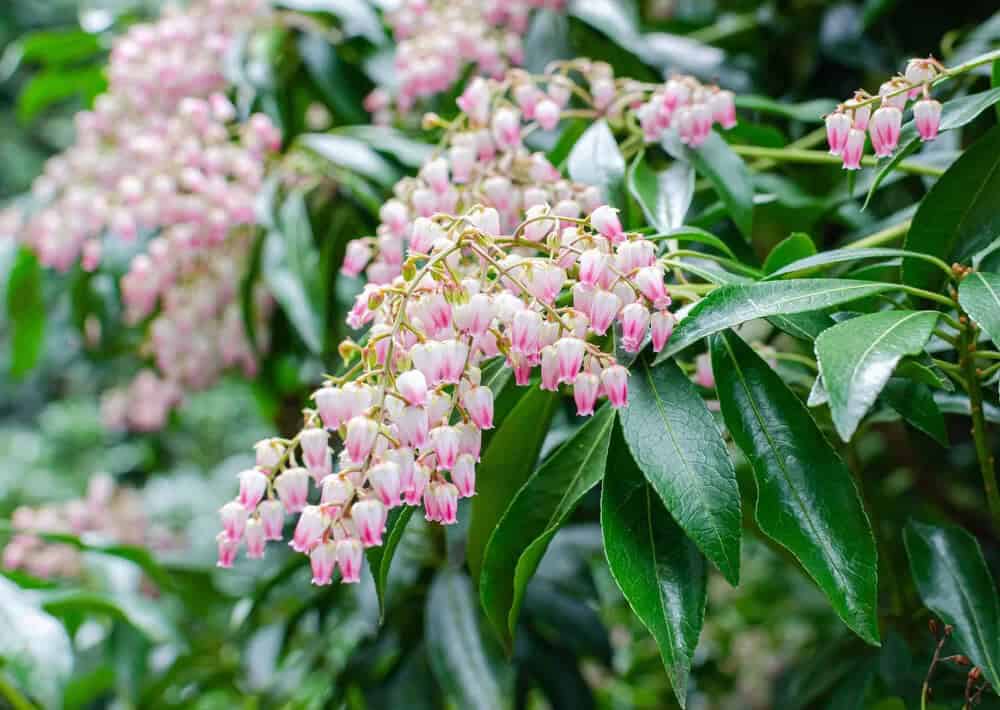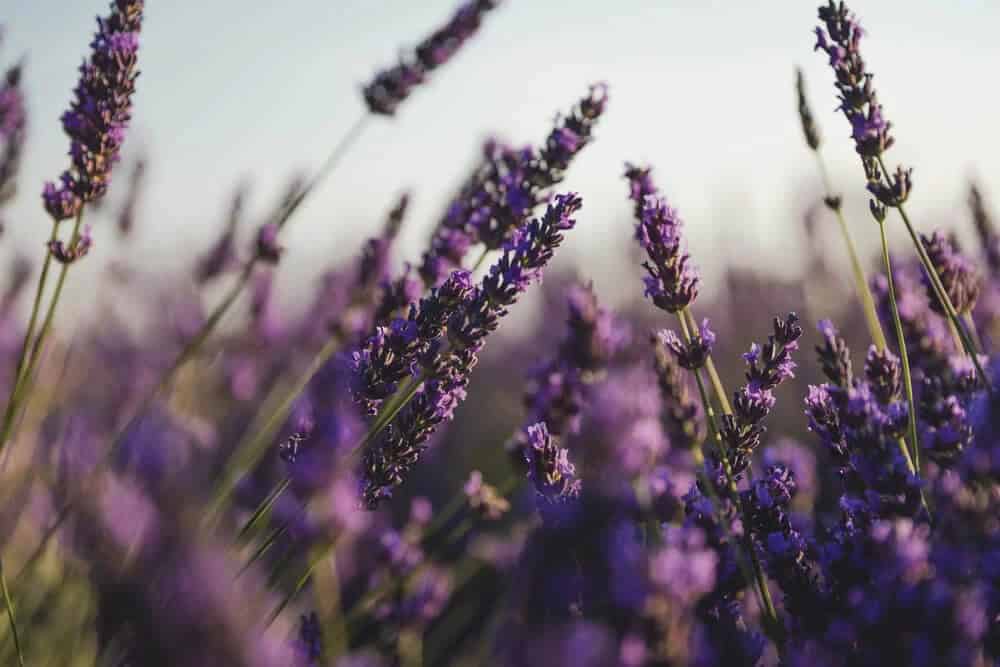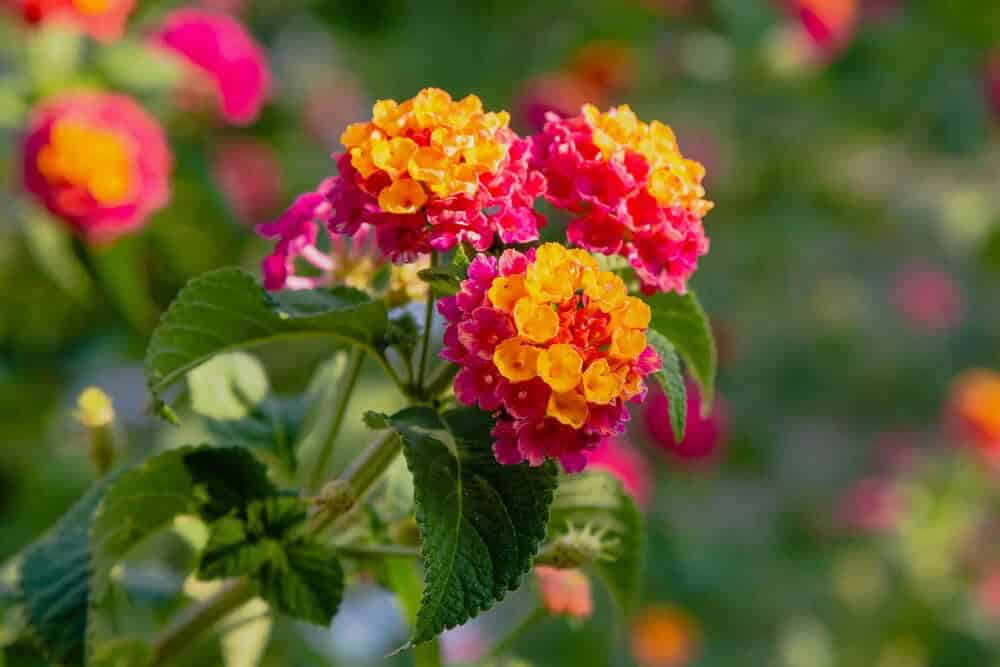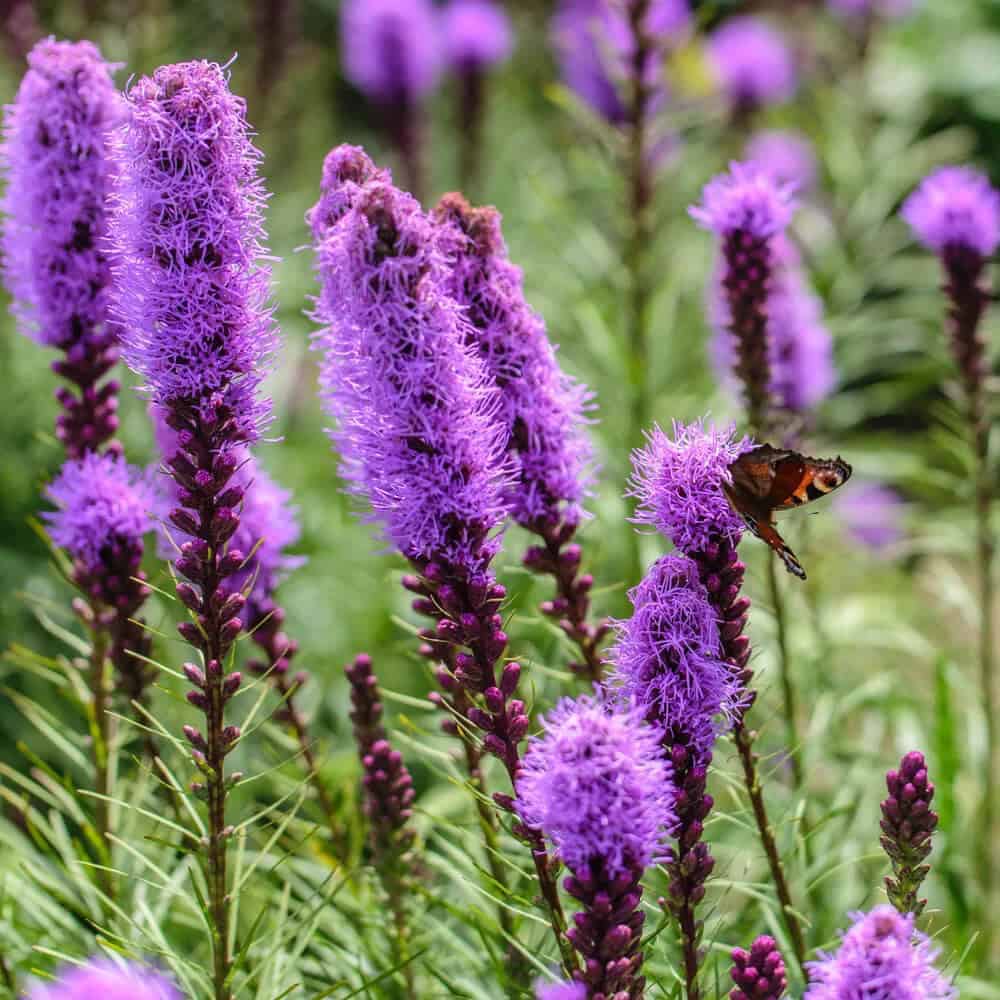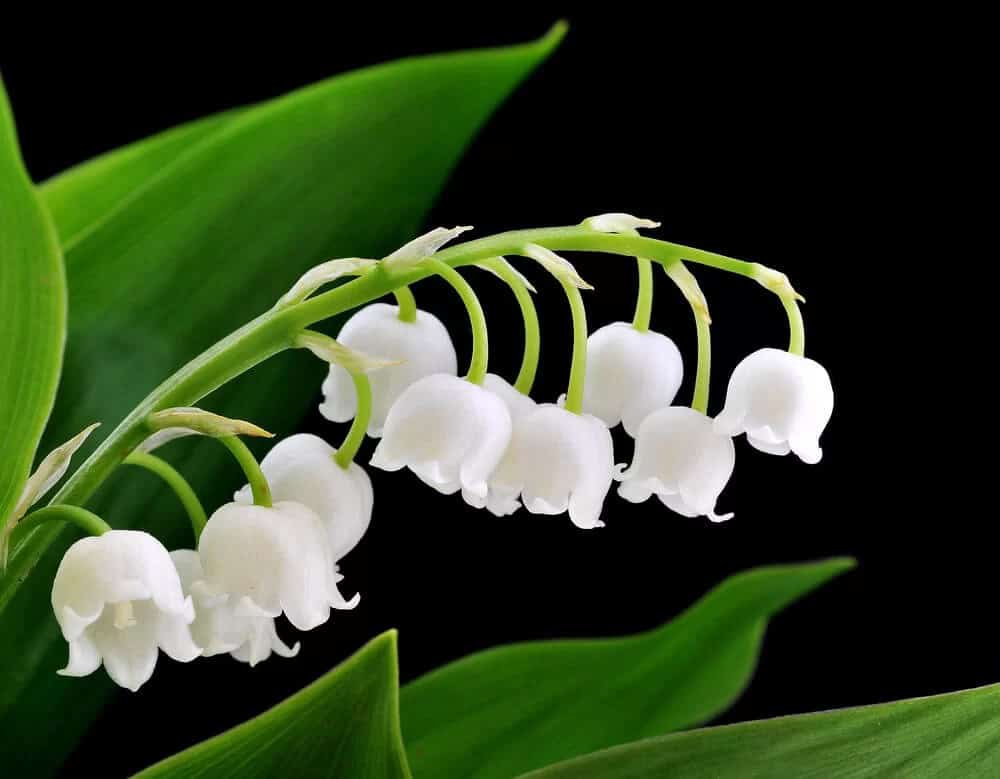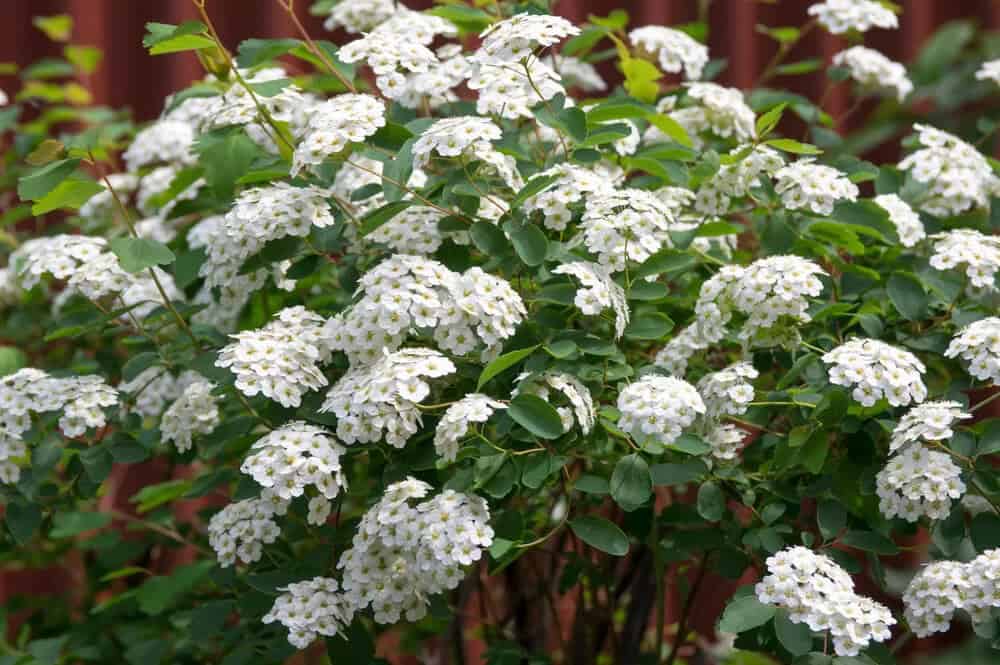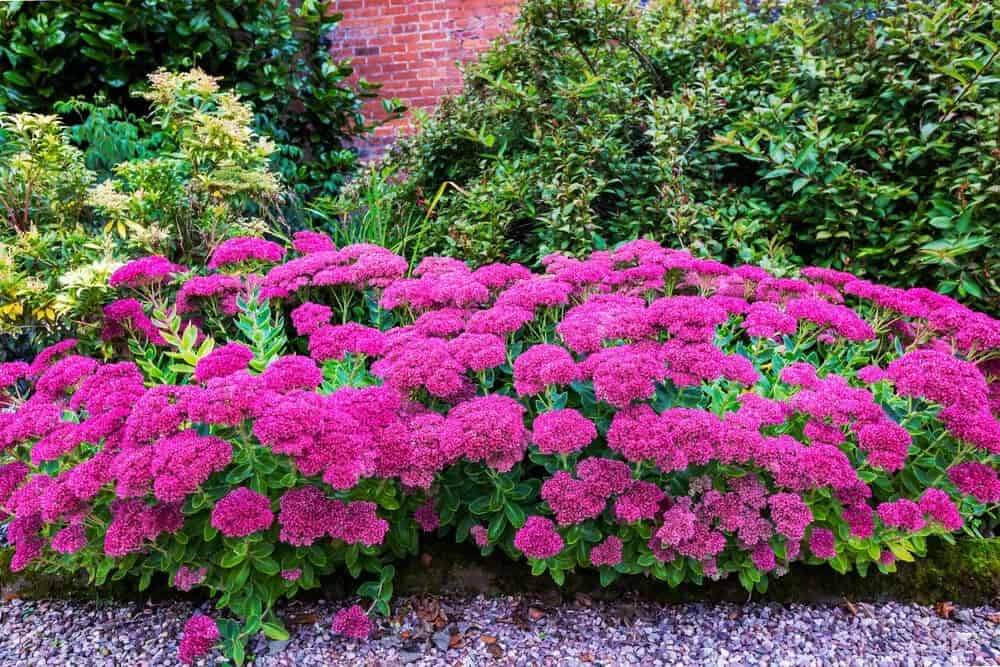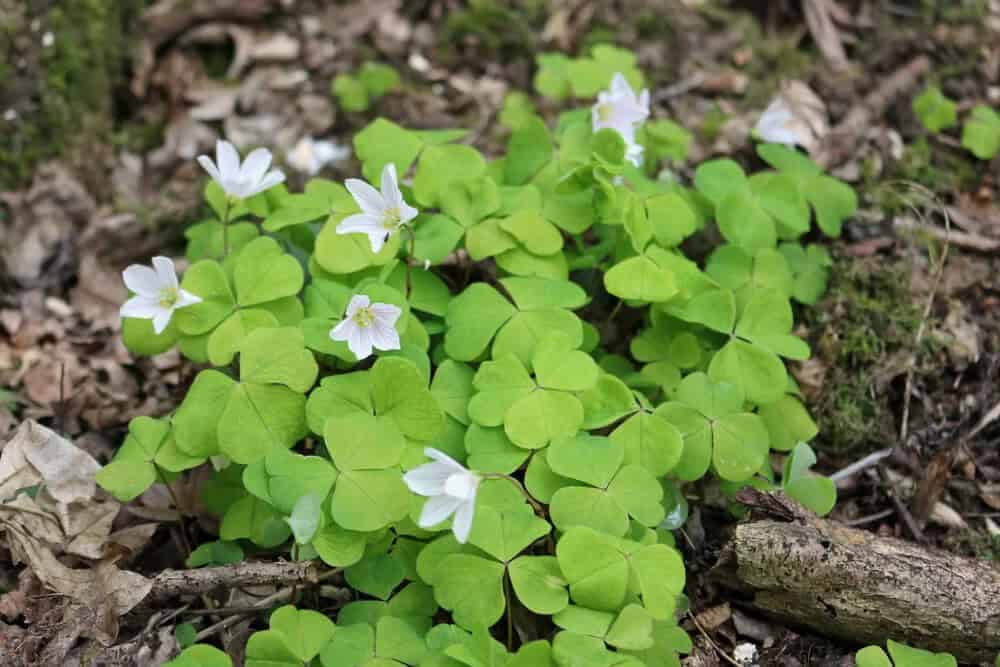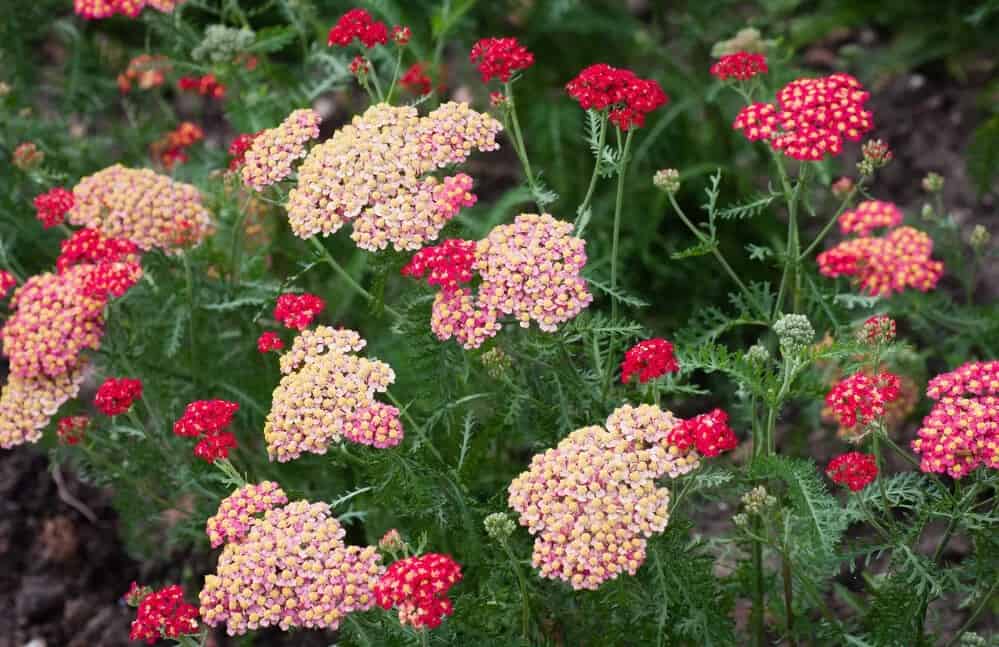When it comes to vibrant blooms, many gardeners assume that bigger is better. However, this couldn’t be further from the truth. The plants on this list may have small flowers, but they are capable of making a significant impact in your garden. With their diverse range of shapes and colors, these tiny treasures will not only catch your eye but also leave you appreciating the beauty that can be found in unexpected places.
By showcasing these understated yet captivating plants, we’ll prove to you that sometimes it’s the smallest details that make the biggest impression.
Key Takeaways
When exploring the world of plants with small flowers, it’s essential to start by familiarizing yourself with the general landscape. This means not only reading about specific types of plants but also understanding the underlying themes that tie them together. Here are a few key takeaways that you’ll encounter repeatedly as you delve into this article: Firstly, there is no shortage of options when it comes to plants sporting small flowers.
Secondly, just because a flower is small doesn’t mean the plant itself needs to be petite – size can vary greatly. Moreover, clusters of small flowers are often just as striking as their larger counterparts. Additionally, each individual plant with small flowers has its unique set of growing requirements and care needs. Finally, plants with small flowers come from a wide range of genera, offering something for every taste and environment.
27 Adorable Plants with Small Flowers that will Bring a Smile to Your Face
Baby’s Breath (Gypsophila)
Despite its ubiquity, baby’s breath is often misunderstood. In reality, the term encompasses a diverse range of Gypsophila species, each with its unique characteristics. The most commonly seen varieties boast slender stems adorned with delicate, circular white flowers. These tiny blooms are particularly well-suited as accent features when paired with larger, showier flowers in bouquets.
Creeping Buttercup (Ranunculus repens)
In contrast to our first entry, the term ‘buttercup’ is often used to describe multiple species within a single genus. Specifically, we’re highlighting the creeping buttercup (Ranunculus repens), which is distinguished by its small, bright yellow flowers. These blooms are characterized by rounded shapes with delicate petals that typically measure less than an inch in diameter. The plant itself is diminutive, reaching only a few inches in height as it spreads along the ground.
Butterfly Bush (Buddleja davidii)
The butterfly bush is a prime example of a plant with diminutive yet striking flowers. The tiny blooms, measuring mere inches in length, are bundled together in impressive spike-shaped clusters that can reach several inches long. This visually appealing display is not only aesthetically pleasing but also serves as an effective magnet for attracting butterflies and other pollinators to your outdoor space.
For those seeking to draw these beneficial insects into their gardens, the butterfly bush is an excellent choice – just be sure to opt for a non-invasive cultivar to ensure a harmonious coexistence with your surroundings.
Butterfly Weed (Asclepias tuberosa)
Butterfly weed is another native plant that can effectively attract butterflies to your garden. Unlike non-native butterfly bushes which are often invasive, butterfly weed is a natural alternative for those in the United States. What’s more, its bright orange flowers are truly striking, featuring a star-shaped design and growing in pleasant, rounded clusters. While they may be small, these vibrant blooms add a pop of color to any garden.
Coral Bells (Heuchera)
Coral bells plants are a popular choice among gardeners due to their unique and visually appealing blooms. The flowers take the form of tiny bell-shaped structures that dangle from thin vertical stems, creating a charming display. Furthermore, coral bells are well-suited for small spaces as they maintain a compact size throughout the growing season. One of its most notable features is its ability to thrive in low-light conditions, making it an ideal option for areas with limited sunlight.
Coreopsis (Coreopsis)
Coreopsis, also known as tickseed, is a compact perennial that offers a temporary yet attractive ground cover solution. Despite being a genus with multiple species, these plants share certain characteristics. Notably, their delicate foliage features thin, light, and feathery textures. Meanwhile, the star of the show are the small, daisy-like flowers that bloom in shades of yellow and white during late summer, providing a vibrant splash of color.
Creeping Phlox (Phlox subulata)
Creeping Phlox is another perennial groundcover that kicks off the spring season with vibrant blooms. Unlike the last plant we discussed, which flowers later in the growing season, Creeping Phlox is one of the first to burst forth with color. As it reaches its peak bloom, the entire plant is covered in a tapestry of purple, pink, and white hues, creating a stunning display that’s reminiscent of a colorful carpet.
Crocus (Crocus)
Among the first signs of life in the landscape, creeping phlox and crocus are two plants that truly stand out for their early blooming habits. While phlox may be one of the earliest to emerge from dormancy, it’s hard to deny the crocus its place at the top of the list. In fact, some varieties of crocus can even bloom through a thin layer of snow still clinging to the ground in late winter and early spring.
This remarkable resilience allows these tiny flowers to push their way up through the cold, dark soil and burst forth into bloom, often while other plants around them remain seemingly lifeless.
Fairy Foxglove (Erinus alpinus)
The charm of the fairy foxglove lies not only in its delicate purple blooms, but also in its remarkably low-maintenance nature. This delightful plant thrives under full sun or partial shade, and boasts an impressively laid-back attitude when it comes to care. In fact, it’s perfectly content with a minimalist approach to gardening, requiring no special treatment whatsoever.
As a result of your effortless endeavors, the fairy foxglove will reward you with clusters of tiny purple flowers that dangle tantalizingly just above ground level.
Forget-Me-Not (Myosotis)
Forget-me-nots are renowned for their dainty, five-petaled blooms that boast a circular center. While there’s a range of species and cultivars, most varieties share a soft blue hue. However, it’s the plants’ ability to quickly spread across the ground that truly sets them apart. When conditions are favorable, forget-me-nots can grow rapidly, blanketing areas with their delicate flowers. This trait has led many gardeners to cultivate these charming blooms in their outdoor spaces.
Giant Allium (Allium)
While the name ‘giant allium’ might suggest a massive, imposing presence, don’t be fooled – each individual flower is actually quite small, measuring in at a tiny purple star. However, it’s not the size of the flowers that matters, but rather how they’re arranged. Giant allium blooms in large, spherical clusters atop tall stalks, making for a striking display that will certainly make an impact on your garden.
Grape Hyacinth (Muscari armeniacum)
The grape hyacinth plant’s unique charm lies in its tiny yet striking flowers, which resemble clusters of miniature grapes. The way these blooms sprout from the ends of the stems only amplifies this visual illusion. Like a few other plants we’ve explored, grape hyacinth has an impressive ability to spread rapidly when it finds its ideal environment.
Hosta (Hosta)
While hostas are renowned for their striking foliage, many people may not realize that these plants also produce small, yet charming flowers. Although they don’t draw as much attention as the leaves, these tiny blooms are still worth noticing. They grow on tall stalks, often reaching several feet in height, and feature a delicate light purple hue with a slightly tubular shape. These diminutive flowers add an extra layer of beauty to the already impressive hosta plants.
Japanese Pieris (Pieris japonica)
While it’s logical to assume that smaller plants would produce diminutive blooms, the Japanese pieris defies this expectation by growing into a substantial shrub or even small tree, yet maintaining tiny flowers. These white, bell-shaped flowers are particularly noteworthy for their persistence and abundant clustering throughout the plant. Additionally, the pieris boasts attractive broad evergreen leaves that further enhance its visual appeal.
Lavender (Lavandula angustifolia)
Lavender’s diminutive blooms belie its profound visual impact. Imagine sprawling rows or fields of these charming plants, their purple petals swaying gently in the breeze. When planted en masse and allowed to spread, lavender forms a blanket of tiny, fragrant flowers that envelop your landscape. As you wander through this purple-hued expanse, the sweet aroma wafting from each bloom only adds to its allure.
Latana (Lantana camara)
While many plants may boast small yet vibrant flowers, few rival the Latana plant’s impressive display of color. Its tiny, circular clusters of flowers may seem modest at first glance, but they’re truly remarkable due to their unique ability to showcase multiple colors simultaneously. This kaleidoscope effect is made even more breathtaking by the sheer variety of hues available, including fiery reds, bright yellows, soft pinks, rich purples, crisp whites, and many others.
Liatris (Liatris spicata)
From the moment you learn about liatris plants, you’ll have no trouble identifying them in the future. One of its most distinctive characteristics is the large, upright flower spike it produces. Each spike is adorned with numerous tiny flowers that typically boast a rich, deep purple hue. It’s worth noting that there are variations of this plant that feature white or other colored blooms as well.
When cultivating liatris, be sure to choose an area that receives at least six hours of direct sunlight per day or more.
Lilac (Syringa vulgaris)
Lilac shrubs are a great example of plants that defy expectations by growing to be quite large while still producing tiny, yet magnificent, flowers. In early to mid-spring, these shrubs burst forth with vibrant blooms that many people eagerly anticipate each year. While the sheer scale of the blooming process is impressive, a closer look reveals that individual flowers are surprisingly small.
Nevertheless, the lilac’s ability to cluster its tiny flowers into large, visually striking bunches creates an irresistible display of color and fragrance.
Lily of the Valley (Convallaria majalis)
A perennial gem, Lily of the valley is renowned for its charming, diminutive flowers. Its leaves are often its most dominant feature throughout the growing season, carpeting the garden in lush green hues. However, this understated beauty kicks off its seasonal display with a flourish, as delicate white blooms burst forth from slender stems, showcasing their dainty bell shape and intricate frilly edges.
Myrtle (Vinca minor)
While myrtle flowers may be one of the larger varieties featured on this list, it’s actually a commentary on just how minute other blooms can be. In fact, compared to most flowers, even those who aren’t familiar with botany would agree that myrtle blooms are relatively diminutive. However, this compact size belies their impressive visual impact when paired with the glossy evergreen leaves that provide a striking backdrop.
The delicate, five-petaled blooms themselves shine in a soft purple hue, offering a vibrant display that’s anything but undersized.
Reeve’s Spiraea (Spiraea cantoniensis)
The Reeve’s spiraea shrub stands out for its exceptional balance of ornamental charm and low-maintenance requirements. One of its greatest strengths is its adaptability – it thrives in full sun or partial shade, and can tolerate a diverse range of soil types. Additionally, this shrub boasts impressive resistance to pests and diseases, making it an attractive option for busy gardeners.
When it’s in bloom, the Reeve’s spiraea truly shines, as its long pendulous branches are adorned with pure white flowers that create a stunning display.
Stonecrop Sedum (Sedum)
While spring can bring an abundance of blooming flowers, the later growing season often finds many gardens lacking in color. For gardeners who adore tiny blooms, stonecrop sedum is a great solution to this problem. Characterized by its broccoli-like appearance comprising hundreds of minute flowers, stonecrop sedum truly shines in late summer and early fall when these delicate blooms deepen into a stunning reddish-pink hue.
Thyme (Thymus vulgaris)
Thyme, a staple spice in many kitchens, may not be the first thing that comes to mind when thinking about ornamental gardening. Yet, this fragrant herb has a surprising secret: it makes for an excellent spreading ground cover. The thyme plant boasts clusters of tiny purple flowers and emits a pleasing aroma, making it an attractive addition to any garden.
To grow thyme effectively, allow it to spread through the gaps in hardscape and rockery on your property, where its delicate stems can weave their way across the surface.
Upright Phlox (Phlox stolonifera)
Upright phlox, a member of the same genus as creeping phlox, boasts flowers that are strikingly similar in terms of color, shape, and blooming period. While these two plants share some visual similarities, upright phlox sets itself apart with its notable upright growth habit, which distinguishes it from creeping phlox’s low-growing, sprawling nature.
As a result, upright phlox can’t serve as a ground cover like its creeping counterpart, but it will undoubtedly draw attention as it rises above many other perennial species in the garden.
Wood-Sorrel (Oxalis montana)
The wood-sorrel plant (Oxalis montana) is a charming specimen, boasting tiny yet striking foliage and diminutive flowers. Its three-leafed arrangement, reminiscent of a shamrock, is characterized by heart-shaped leaves emerging from a shared stem. The delicate blooms are an equally impressive feature, sporting a white color, star-like shape, and a light-yellow marking at their center.
Moreover, certain varieties of this plant exhibit multi-colored leaves, making it an even more enticing addition to any garden.
Yarrow (Achillea millefolium)
Yarrow’s beauty is characterized by its delicate, bouquet-like clusters of tiny flowers that burst forth in a range of vibrant colors, including yellow, orange, pink, and white. Typically, these plants reach an impressive height of around three feet, making them a striking addition to any garden. Moreover, yarrow’s low-maintenance nature means it thrives in full sun, effortlessly tolerating the heat, drought, and poor soil conditions that might trouble other plants.
Yellow Archangel (Lamiastrum galeobdolon)
The yellow archangel’s small flowers belie its vibrant visual impact, thanks to its unique foliage. While the blooms themselves may be diminutive, they’re amplified by the plant’s striking leaf arrangement. The leaves feature deep green veins slicing through pale green patches, creating a visually appealing contrast with their pointed and jagged shape. Meanwhile, the bright yellow flowers add a bold pop of color, producing a stunning display that belies the plant’s modest flower size.
Frequently Asked Questions About Plants with Small Flowers
What is a Tiny New Plant Called?
As a new plant takes root, it begins its journey as a delicate seedling. This vulnerable stage is characterized by the emergence of an initial shoot above soil level, typically featuring a few small, tender leaves. To thrive, young plants require a nurturing environment that shields them from fierce winds and extreme temperatures. Consistent moisture and routine maintenance are also essential during this critical period.
As the seedling matures, it will eventually outgrow its initial container or become established in its new outdoor home.
What Are the Smallest Flowers to Plant?
Among the numerous small flowering plants available, one stands out as the undisputed smallest. While many may argue over the merits of various tiny flora, we can confidently pinpoint a specific type of duckweed as the absolute smallest. This diminutive aquatic plant thrives on water’s surface, often appearing as a scattering of minute dots. Yet, despite its tiny stature, duckweed is a fully realized flowering plant, complete with blooms.
What is a Very Small Flower?
Flower sizes can be subjective and vary depending on individual perspectives. While some may classify certain blooms as small, others might categorize them as medium-sized. However, there are specific species that are renowned for their tiny flowers, such as baby’s breath, lily of the valley, and stonecrop sedum. Moreover, regardless of a flower’s mature size, it typically undergoes a smaller phase during its bud stage, prior to opening its petals.
In this nascent state, the flower’s diminutive appearance is attributed to its unopened petal structure.
Which Plant is the Smallest in Size?
The smallest flowering plants in the world are often found to be just as diminutive in their blooms. One such example is the duckweed, which boasts an astonishingly tiny stature comparable to that of a grain of rice even at maturity. While this unique plant takes the crown for smallest, it’s not the only one to claim this distinction. Other petite yet charming flowering plants include forget-me-nots and baby’s breath.
Despite their minuscule appearance, these small-flowered wonders often remain shrouded in mystery, leaving many gardeners with unanswered questions about their care and cultivation. To shed light on this intriguing subject, we’ve compiled answers to some of the most frequently asked questions below.
27 Impressive Plants with Small Flowers that Make a Big Impact
While large flowers with bold colors may initially capture our attention, our curated list of 27 plants with small flowers reveals that size is just one aspect to consider when selecting a flowering plant. These smaller blooms may not overpower, yet they can still bring remarkable color and intrigue to your garden when in full bloom. The key takeaway is that smaller doesn’t necessarily mean less impactful.
In fact, these tiny treasures can add a delightful layer of depth and visual interest to your outdoor space. If you’re convinced of the potential for small flowering plants to make a big statement, it’s time to explore our list and start incorporating one into your garden today.
